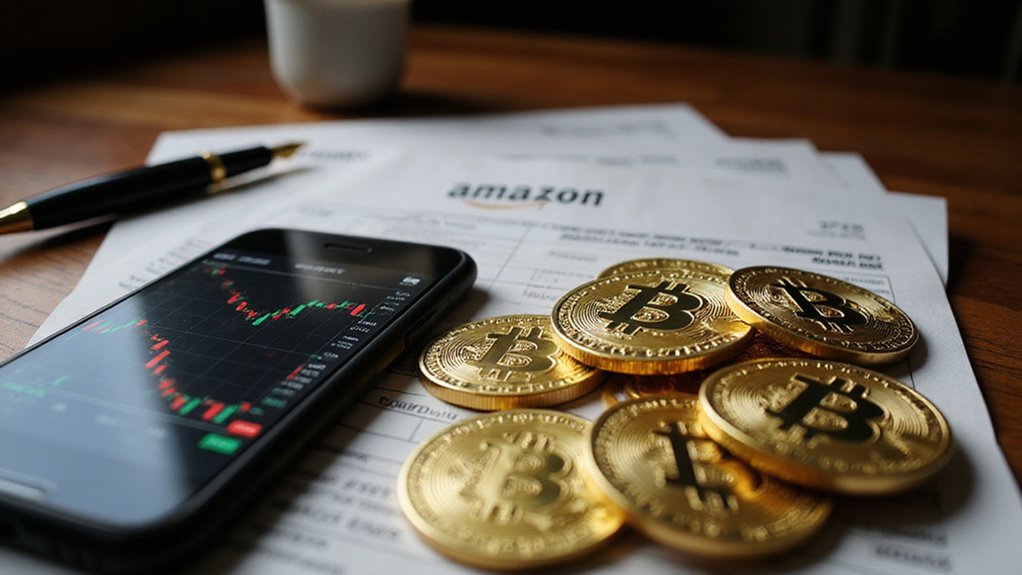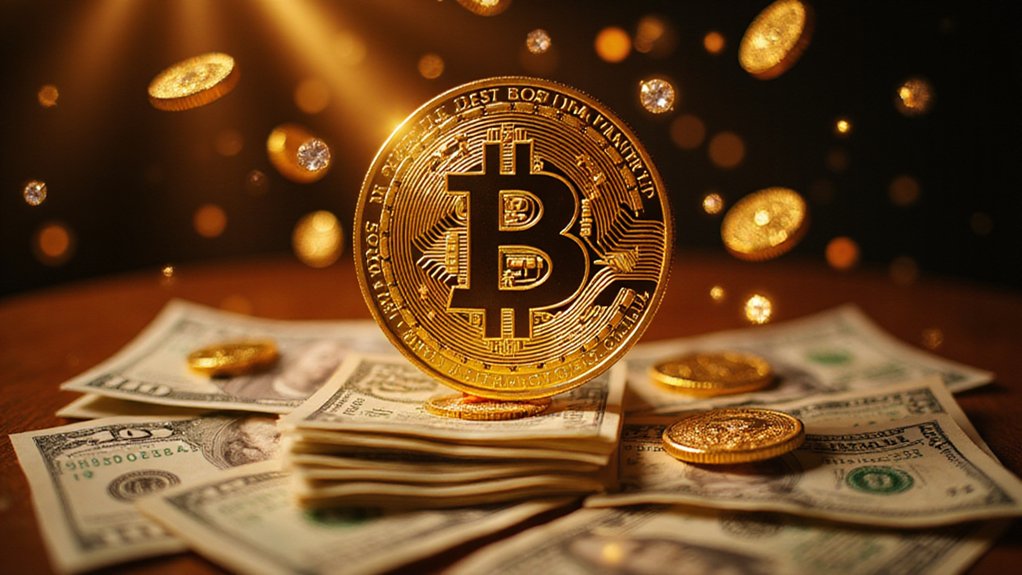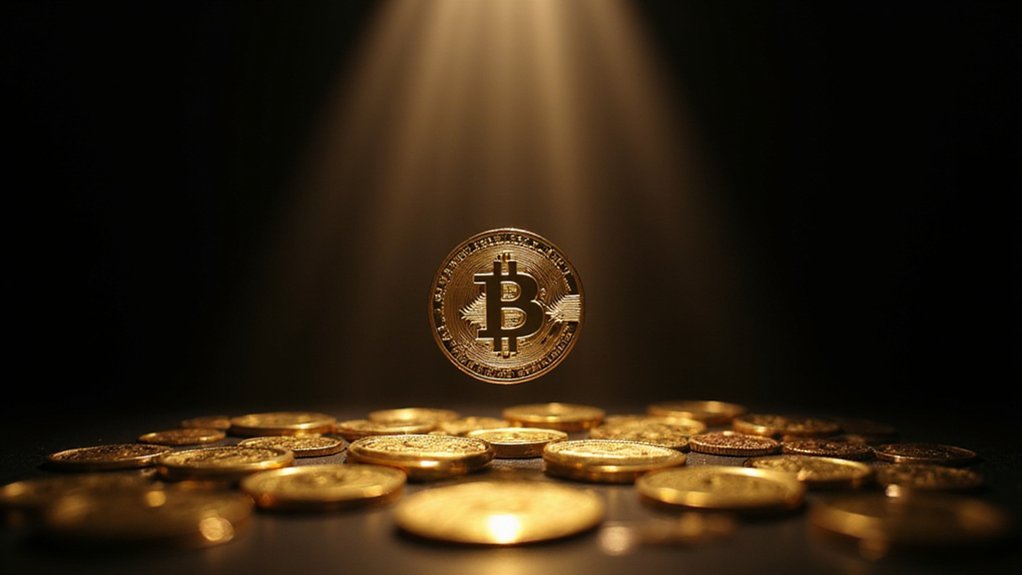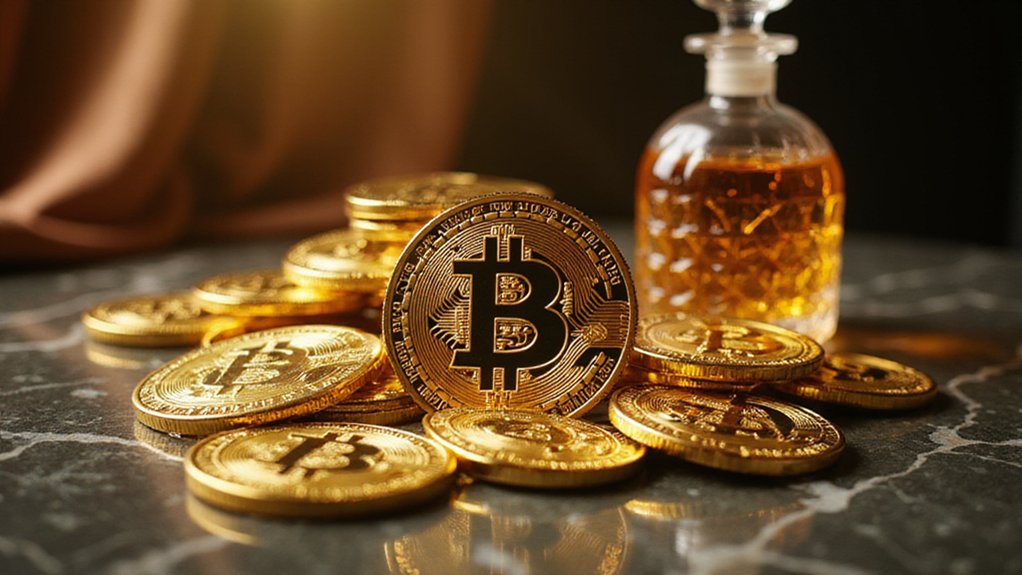In what can only be described as another triumph of internet culture over traditional market logic, the memecoin sector experienced a breathtaking 29% surge in July 2025, catapulting its collective market capitalization to $72 billion—a $17 billion monthly increase that would make even seasoned fund managers pause to reconsider their understanding of asset valuation.
This remarkable ascent occurred against a backdrop of consolidation in Bitcoin and Ethereum markets, suggesting that investors increasingly view memecoins as uncorrelated alpha generators rather than mere speculative footnotes. The rally’s primary catalysts emerged from the foundational blockchain networks themselves, with Ethereum and Solana’s strong performances creating what analysts term a “ripple effect” throughout the broader altcoin ecosystem—though it could be contended that comparing memecoin price action to ripples understates the tsunami-like nature of these movements.
Dogecoin, maintaining its position as the sector’s undisputed heavyweight with a $24.46 billion market capitalization, continues to serve as the gravitational center around which newer tokens orbit. However, the month’s most spectacular performer was Bonk, which surged over 34% on ETF speculation—because apparently, the mere possibility of institutionalizing dog-themed internet money now constitutes legitimate market-moving news.
The diversification within this space has become increasingly apparent, with newcomers like Pepeto challenging established players through audited infrastructure and staking rewards, while SPX6900 contributed meaningfully to July’s gains. Meanwhile, Pepe’s notorious volatility and high trading volumes position it as a barometer for sector-wide sentiment shifts.
Trading volumes throughout July indicated renewed liquidity and investor interest, driven by participants seeking high-risk, high-reward exposure in an otherwise range-bound major cryptocurrency environment. The community-driven nature of these assets—where social media engagement and meme virality translate directly into market capitalization—continues to confound traditional valuation methodologies.
Perhaps most intriguingly, the emergence of utility-driven ecosystems within the memecoin space suggests an evolution beyond pure speculation toward structured tokenomics. Whether this represents genuine innovation or merely sophisticated packaging of the same speculative impulses remains an open question, though the $72 billion market capitalization suggests investors have rendered their verdict with characteristic enthusiasm. Despite their classification as cultural assets by the U.S. SEC, the sector’s daily trading volumes exceeding $6 billion in early 2025 demonstrate their undeniable influence on broader cryptocurrency markets.









